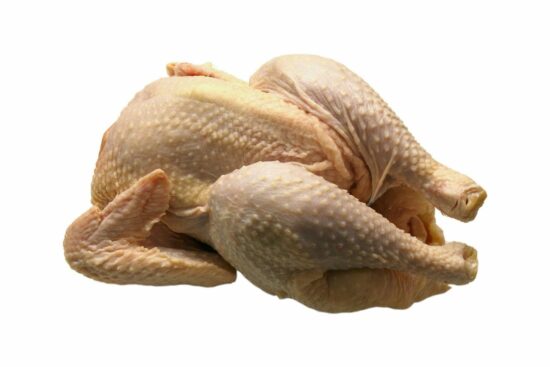Campylobacter Strains Exchange Genes, Can Become More Virulent and Antibiotic Resistant
New research from North Carolina State University has found that Campylobacter bacteria persist throughout poultry production – from farm to grocery shelves – and that two of the most common strains are exchanging genetic material, which could result in more antibiotic-resistant and infectious Campylobacter strains.
Campylobacter is a well-known group of foodborne bacteria, spread primarily through consumption of contaminated food products. In humans it causes symptoms commonly associated with food poisoning, such as diarrhea, fever and cramps. However, Campylobacter infections also constitute one of the leading precursors of Guillain-Barré syndrome, a serious complication that can cause permanent disability and paralysis. Poultry is a known reservoir of the bacteria.
AMR NEWS
Your Biweekly Source for Global AMR Insights!
Stay informed with the essential newsletter that brings together all the latest One Health news on antimicrobial resistance. Delivered straight to your inbox every two weeks, AMR NEWS provides a curated selection of international insights, key publications, and the latest updates in the fight against AMR.
Don’t miss out on staying ahead in the global AMR movement—subscribe now!







